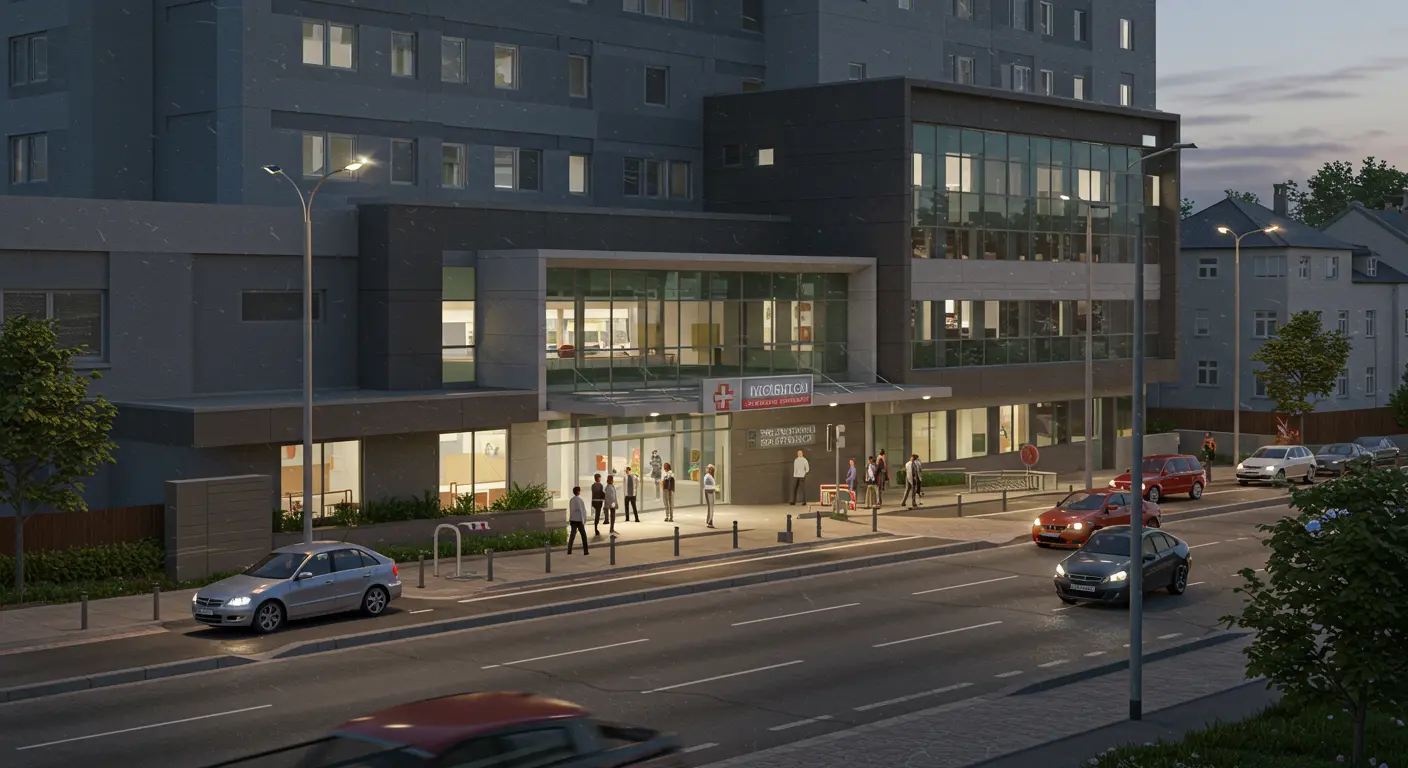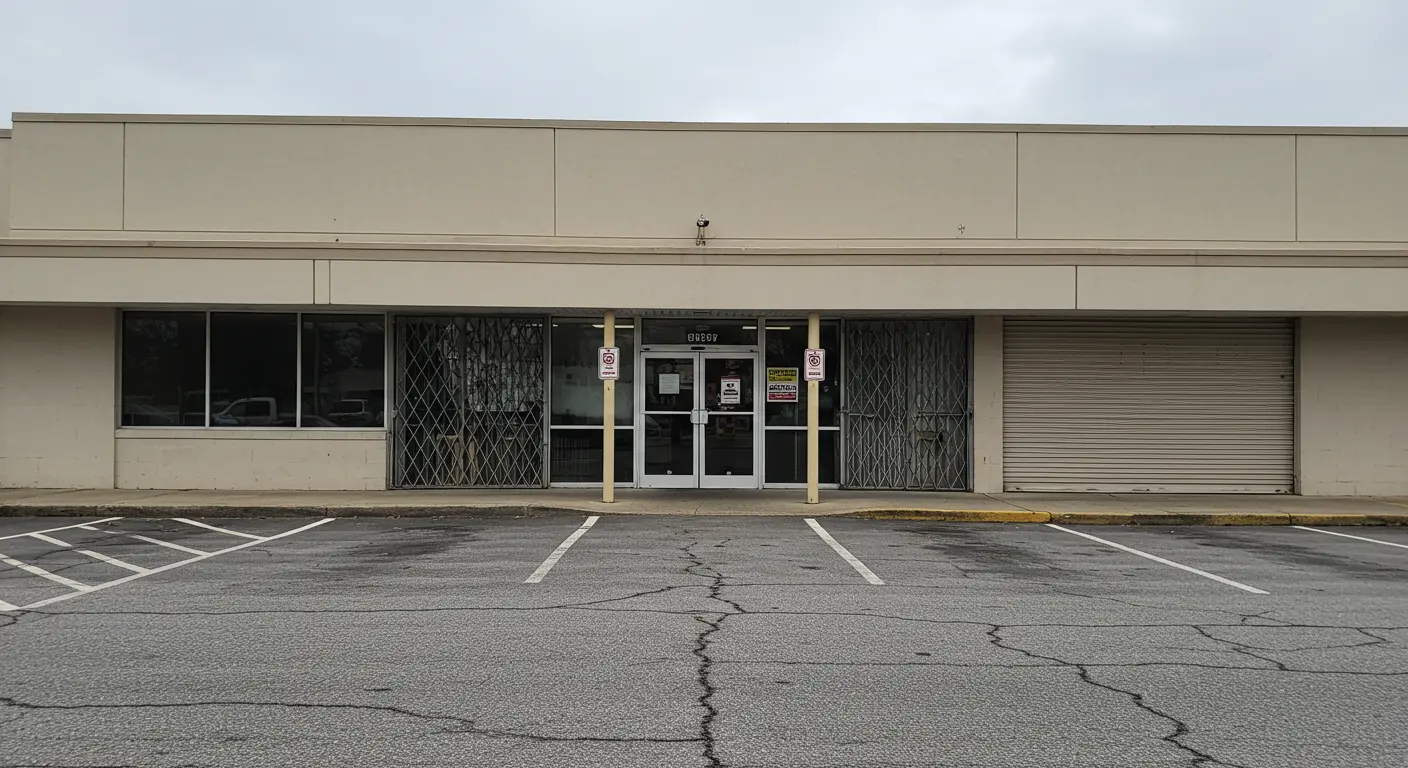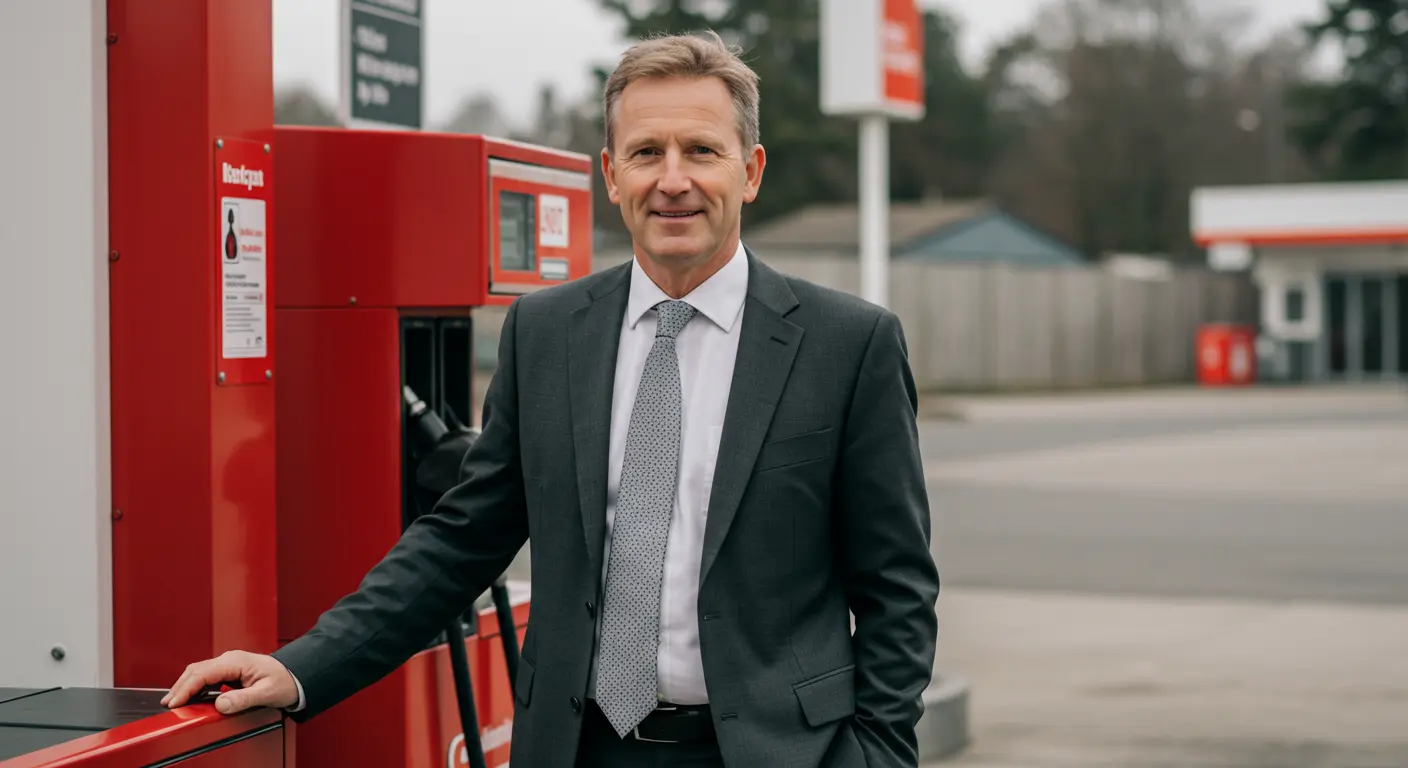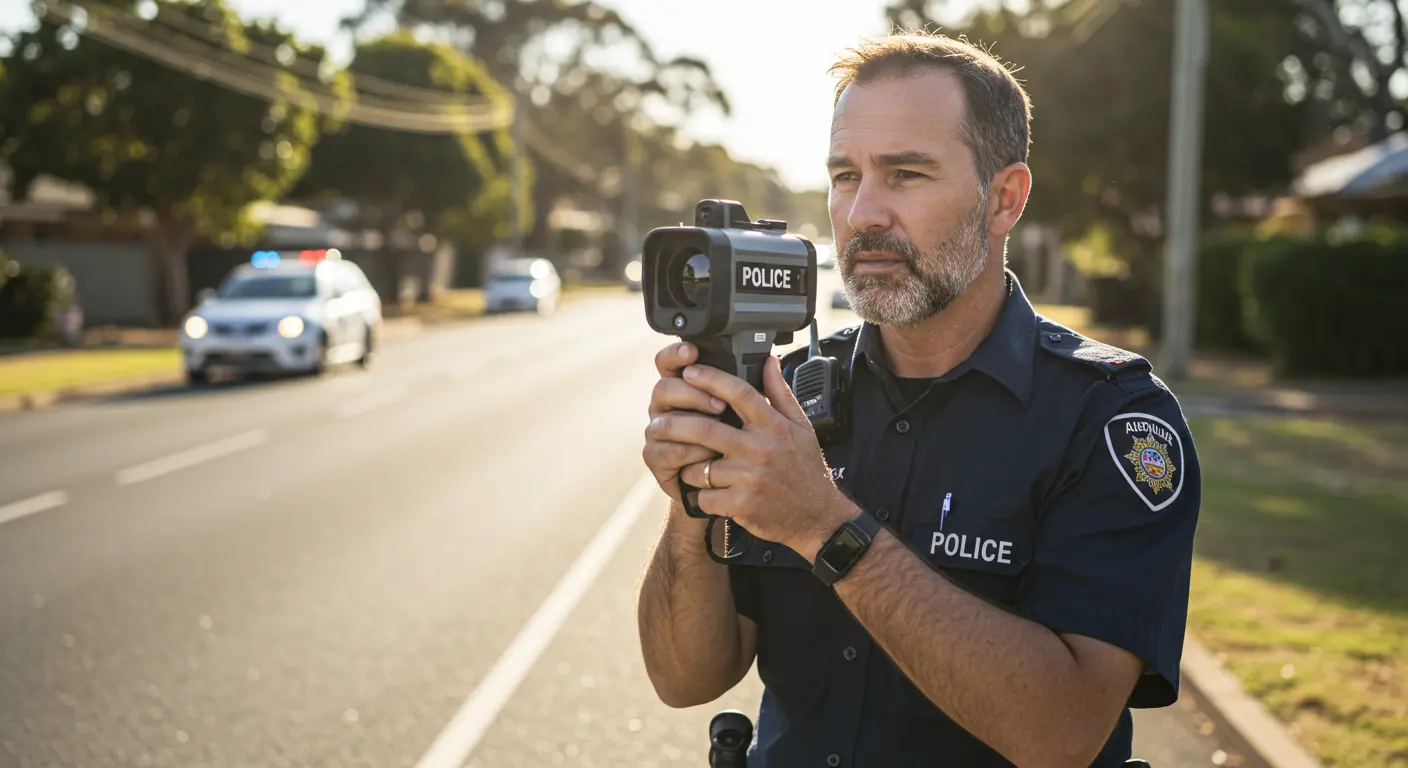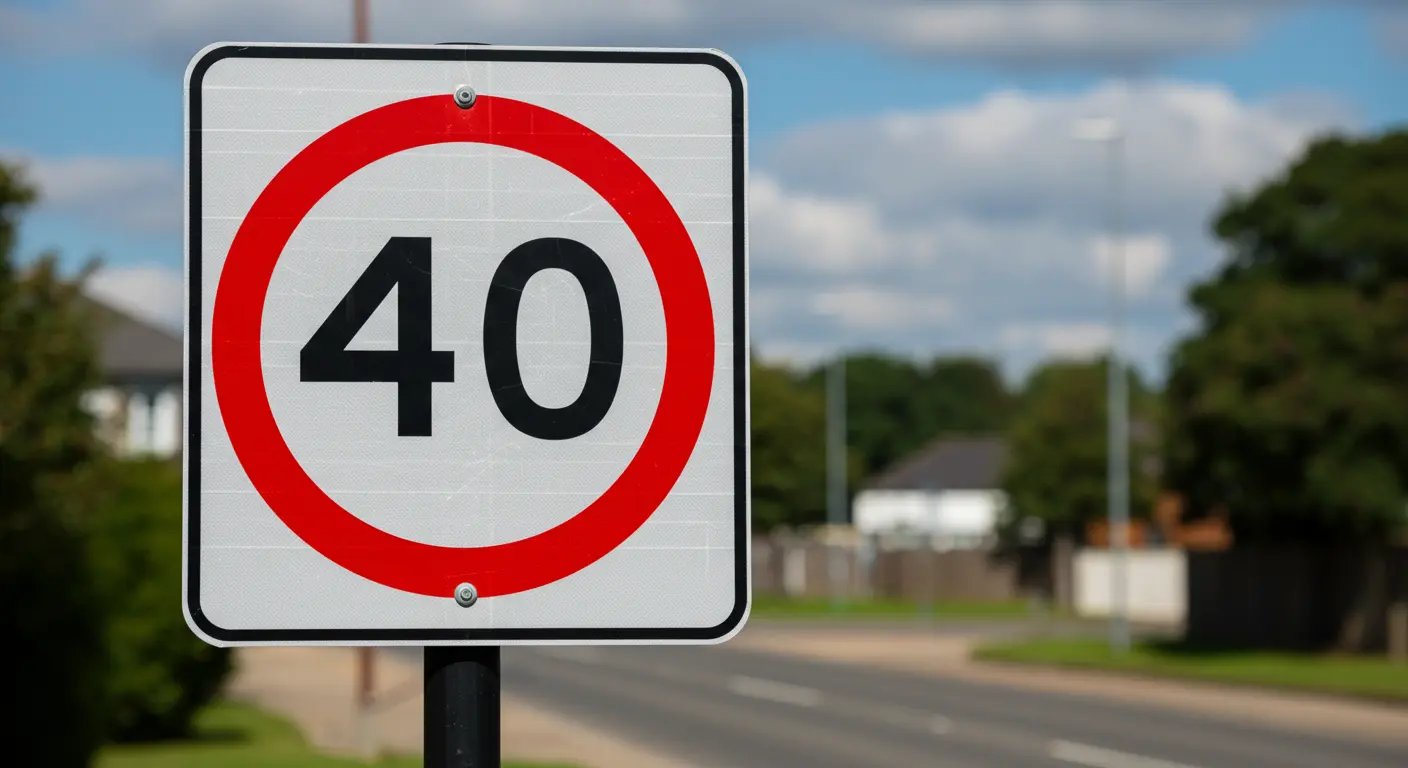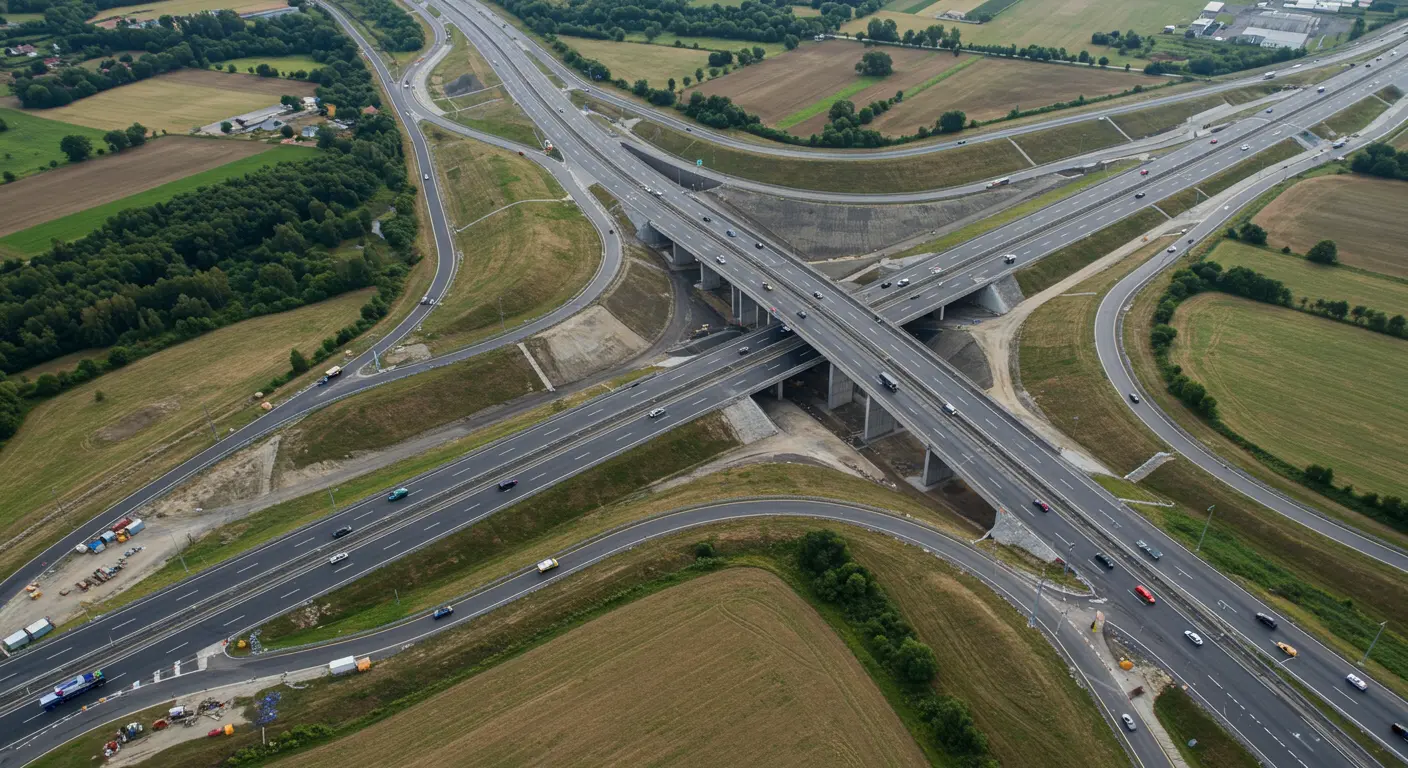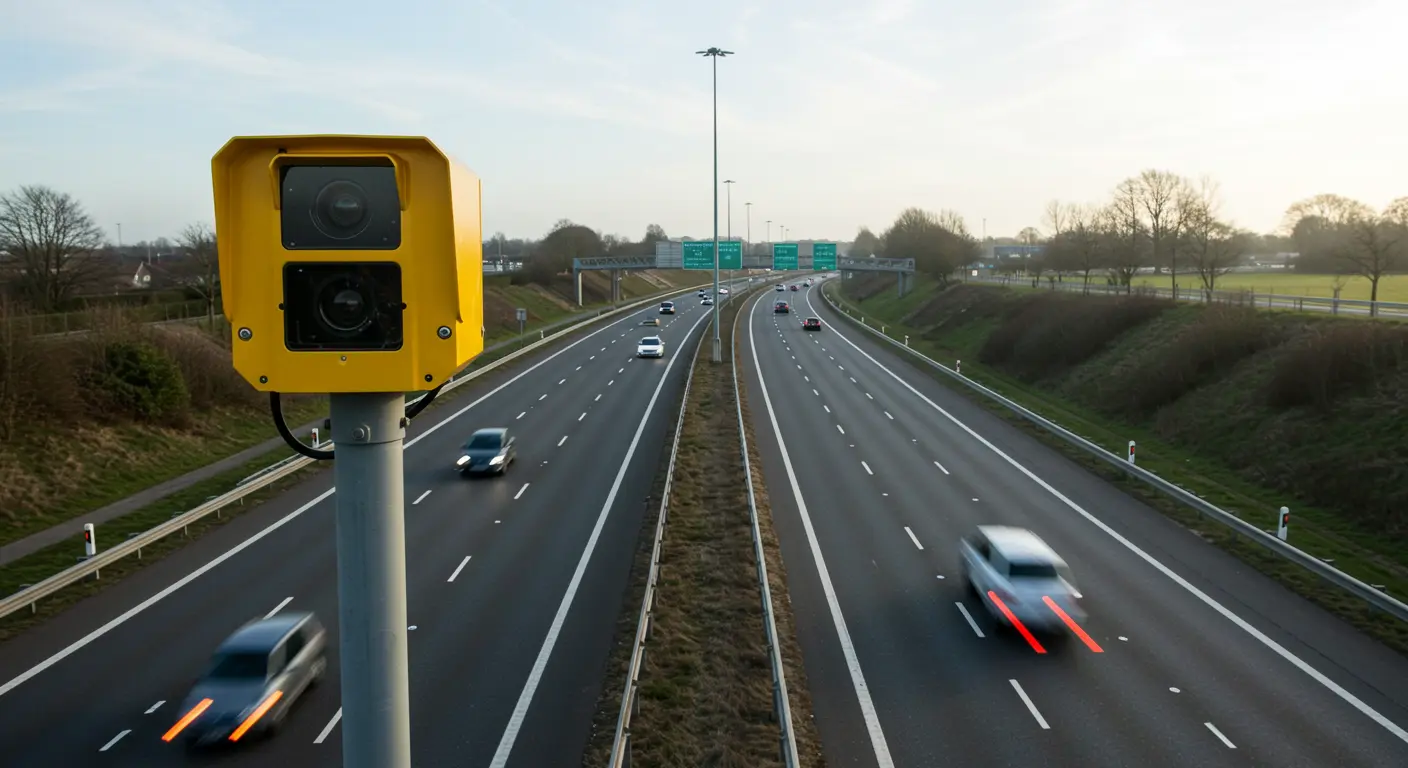The Queensland Government has unveiled a comprehensive Hospital Rescue Plan aimed at expanding the state's healthcare infrastructure with over 2,600 new hospital beds. This initiative represents one of the largest health infrastructure investments in the state's history and is designed to address existing shortfalls and future population needs.
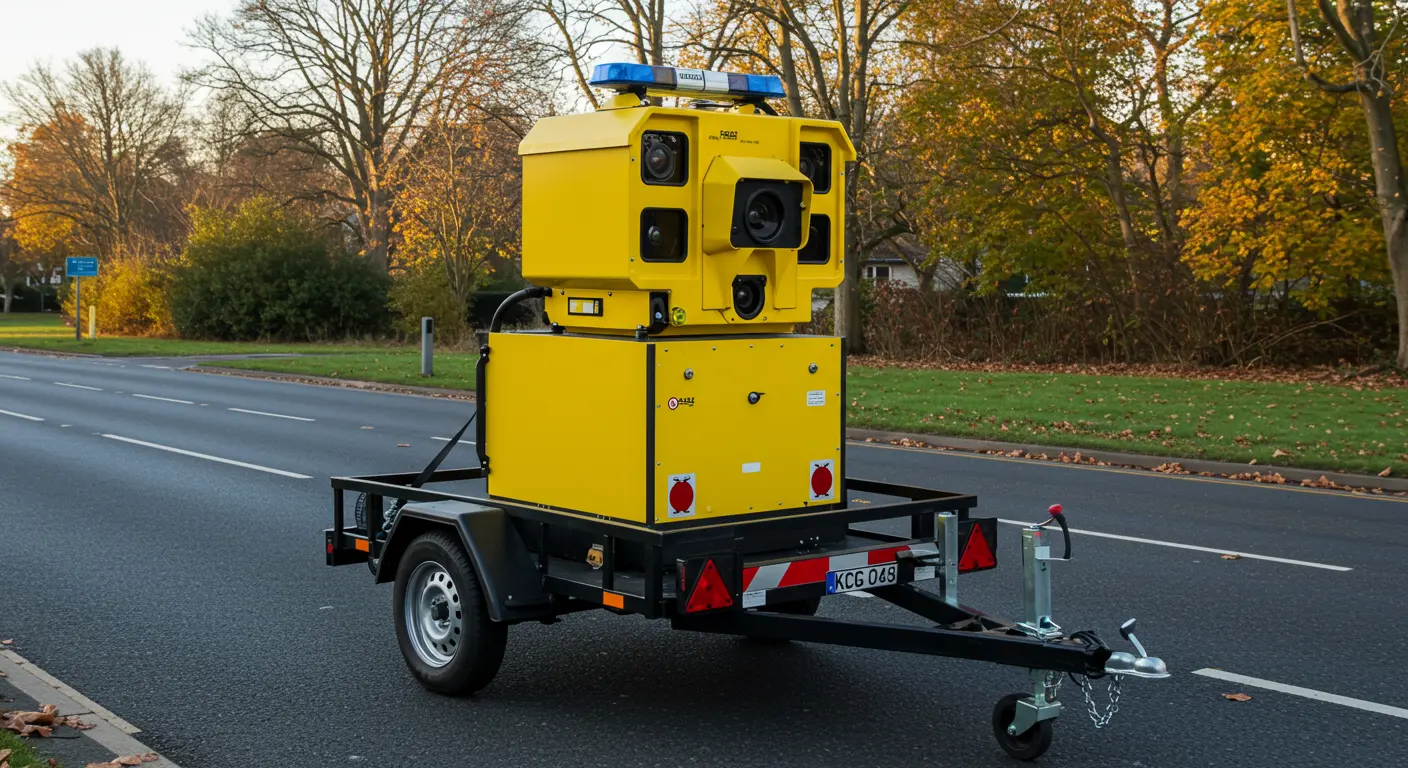
Key Infrastructure Commitments
The Hospital Rescue Plan includes the construction of three new hospitals, a state-of-the-art Queensland Cancer Centre, and 10 major hospital expansions across Queensland. The plan also features a range of facility upgrades and sub-acute expansions, with a focus on delivering easier access to health services for all Queenslanders.
New Hospitals
- Gold Coast (Coomera): At least 600 new beds
- Toowoomba: At least 118 new beds initially, with full service consolidation at a new site to include at least 538 overnight beds
- Bundaberg: At least 139 new beds at a new hospital, with total services including over 410 beds and alternatives
New Queensland Cancer Centre
- Brisbane: At least 91 new beds dedicated to cancer care
Major Hospital Expansions
- Redcliffe Hospital: 210 new beds
- Cairns Hospital: 104 new beds and a new surgical centre
- Townsville University Hospital: 165 new beds
- Mackay Hospital: 128 new beds
- Prince Charles Hospital: 93 new beds
- Ipswich Hospital: 200 new beds
- Logan Hospital: 112 new beds
- Princess Alexandra Hospital: 249 new beds
- QEII Hospital: 112 new beds
- Hervey Bay Hospital: 35 new beds
- Ripley Satellite Health Centre: 90 sub-acute beds
- Gold Coast University Hospital: 70 sub-acute beds
Mental Health and Youth Care Investments
- Statewide Perinatal Mental Health Beds: 30 new beds (including eight in Townsville)
- Redlands Mental Health Facility: 20 new beds
- Youth Step Up Step Down Facilities: 12 new beds (first in Rockhampton)
- Rockhampton Mental Health Unit: Nine new beds
- Cooktown Multipurpose Health Centre: Eight new beds
- Cairns Adolescent Mental Health: Eight new acute beds

Purpose and Impact
This plan is intended to resolve what has been described as a healthcare infrastructure crisis, caused by delayed timelines, insufficient funding, and missing critical services in previously planned hospital projects. The new initiative seeks to provide adequate resources for clinicians, improve access to care, and enhance patient outcomes throughout the state.
Broader Goals
The plan is aligned with the state government's objective to recruit 46,000 additional health workers by 2032 and increase transparency through real-time health data. It supports a long-term vision to ensure every region in Queensland is equipped with the hospital capacity needed to meet future demands.
All projects under the Hospital Rescue Plan will be delivered with attention to detail, planning, and consultation with local healthcare providers to ensure that each facility is fit-for-purpose.
This investment marks a significant step in modernising Queensland’s healthcare infrastructure and ensuring that communities have timely and equitable access to hospital services.




